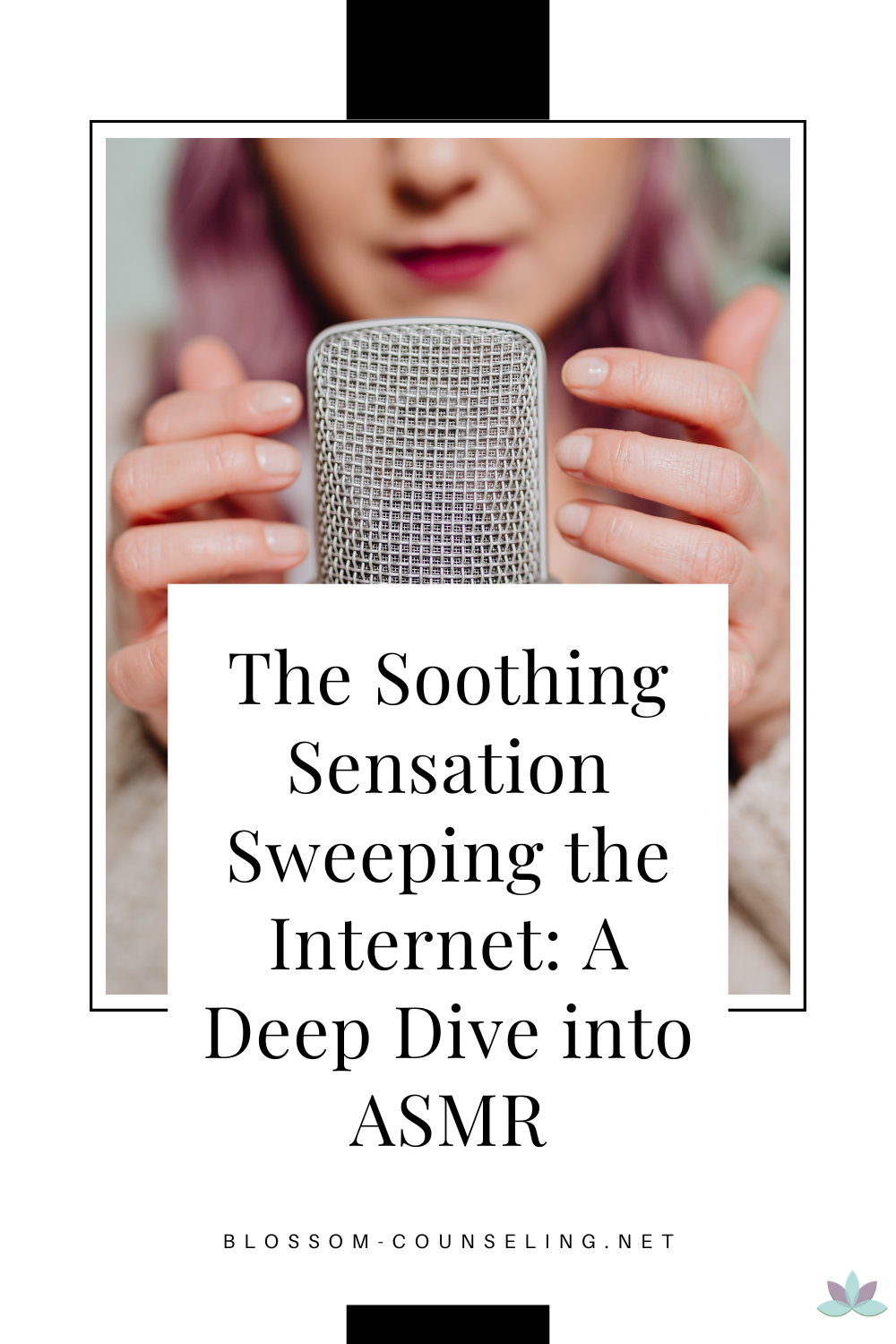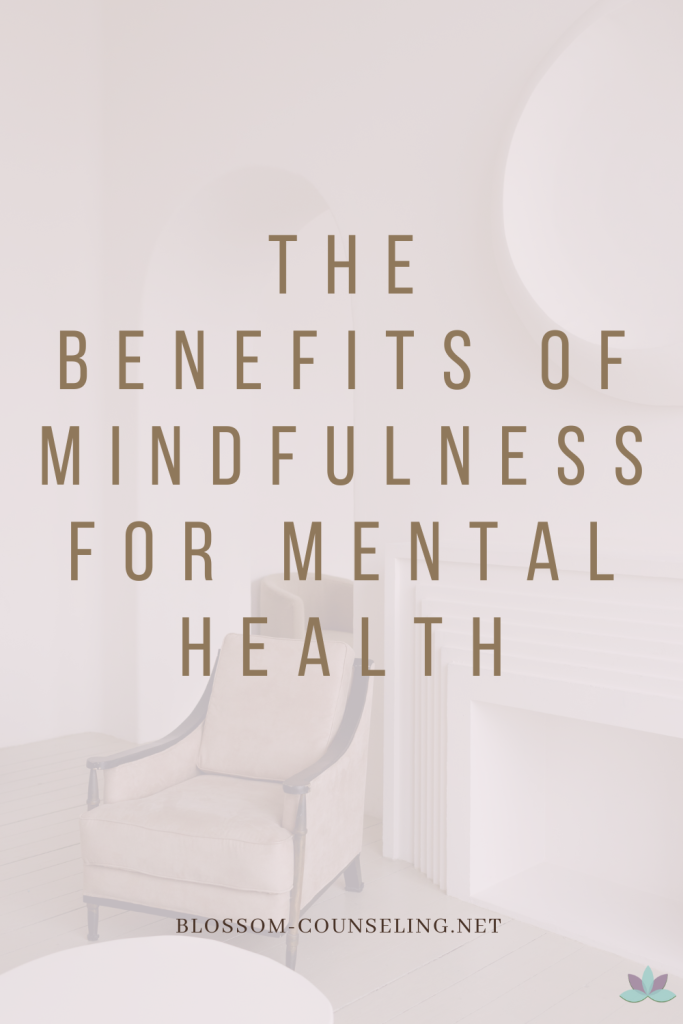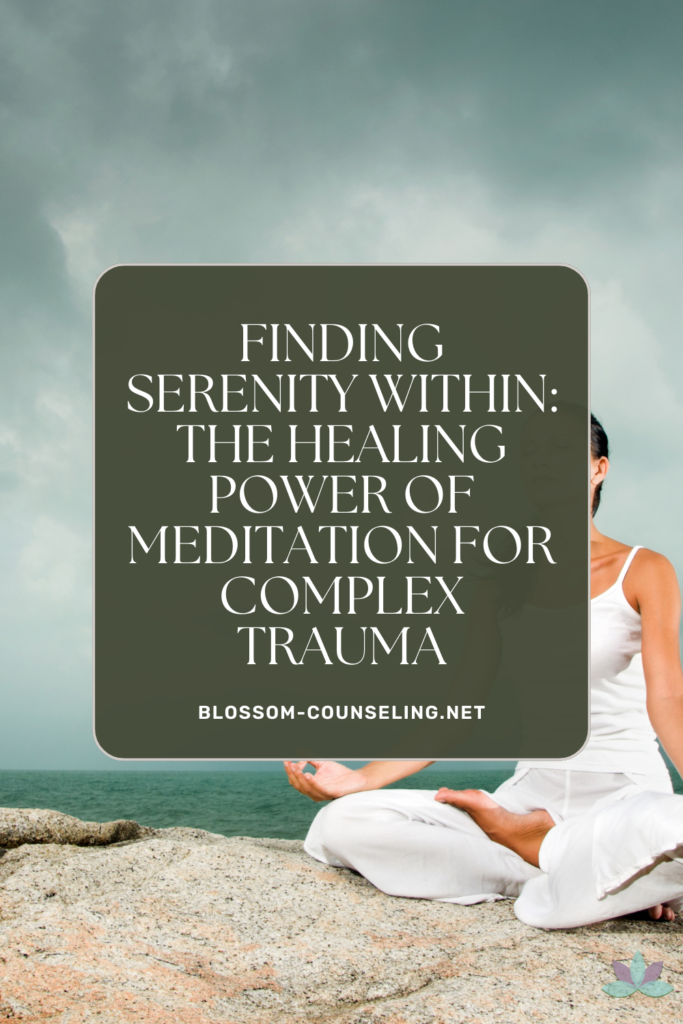
In a world that often feels like it’s cranked up to eleven, finding solace in the simple sounds of life can feel like stumbling upon a hidden oasis. Enter ASMR (Autonomous Sensory Meridian Response), the internet phenomenon that has millions whispering, tapping, and rustling their way into the hearts (and ears) of people seeking a moment of calm. But what exactly is ASMR, and why does it feel like a warm hug for your brain?
ASMR describes a tingling sensation that starts on the scalp and moves down the back of the neck and upper spine. Think of it as a kind of brain massage, triggered by auditory or visual stimuli. These triggers can range from the sound of whispers to the act of pretending to receive personal attention, like a haircut. For many, ASMR videos are their nightly ritual, a modern lullaby for the digital age.
But ASMR isn’t just an internet trend; it’s a fascinating window into the sensory experiences that can evoke profound feelings of relaxation and well-being. This sensory phenomenon highlights the brain’s incredible ability to find peace in the minutiae of everyday life—proof that sometimes, it’s the little things that matter most.
The Science Behind the Tingles
While ASMR might seem like a quirky niche of the internet, science is starting to get curious about the mechanics behind the magic. Research suggests that ASMR could have tangible benefits, including reduced heart rates and improvements in mood and even chronic pain. It’s as if your brain has a secret switch that, when flipped by the right combination of sights and sounds, can turn stress and anxiety into tranquility and relaxation.
Who Gets the Tingles?
Not everyone experiences ASMR. Like a secret club, its memberships are seemingly random, but for those who have the golden ticket, the effects are undeniable. If the idea of someone whispering gently as they pretend to brush your hair sends shivers of delight down your spine, congratulations—you’re in the club. For others, the response might be a perplexed, “You like watching videos of people tapping on wood for relaxation?”
A World of Triggers
ASMR triggers are as varied as the people who experience them. They can be auditory, like the sound of a soft whisper or nails tapping against glass, or visual, like watching someone attentively folding towels. Even personal attention, like having your makeup done, can trigger the blissful ASMR response. The beauty of ASMR is that there’s a world of triggers out there, waiting to be discovered, each offering a unique path to relaxation.
Beyond the Buzz: The Benefits of ASMR
For many, ASMR is more than just an internet trend; it’s a valuable tool in their mental health toolkit. In the hustle and bustle of modern life, finding moments of calm can be a challenge. ASMR offers a readily accessible way to dial down the stress, coaxing the mind into a state of profound peace and relaxation. It’s a testament to the power of our sensory experiences to shape our well-being.
Embracing the Quiet
In embracing ASMR, we’re reminded of the importance of slowing down and tuning into the quieter moments. It’s a practice that encourages mindfulness, urging us to pay closer attention to the subtle, often overlooked experiences that can bring joy and relaxation into our lives. Whether it’s the sound of rain against the window or the quiet whisper of turning pages, ASMR encourages us to find comfort in the calm.
ASMR might just be the internet’s best-kept secret for mental well-being. It’s a reminder that in a world that often demands our constant attention and energy, taking a moment to immerse ourselves in simple sensory experiences can be a powerful antidote to stress. So, the next time you find yourself feeling overwhelmed, consider diving into the world of ASMR. You might just discover a new pathway to peace and relaxation.




